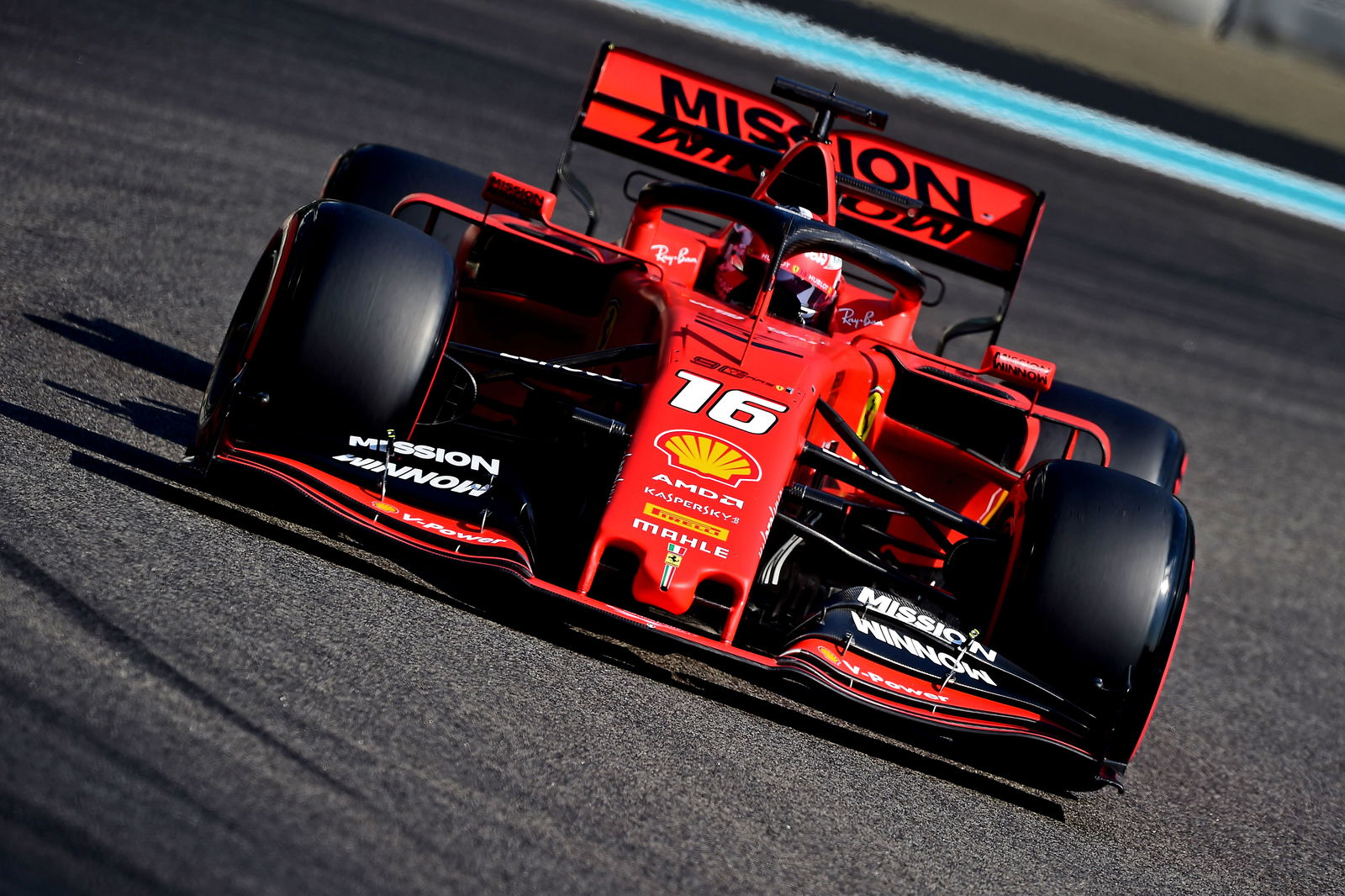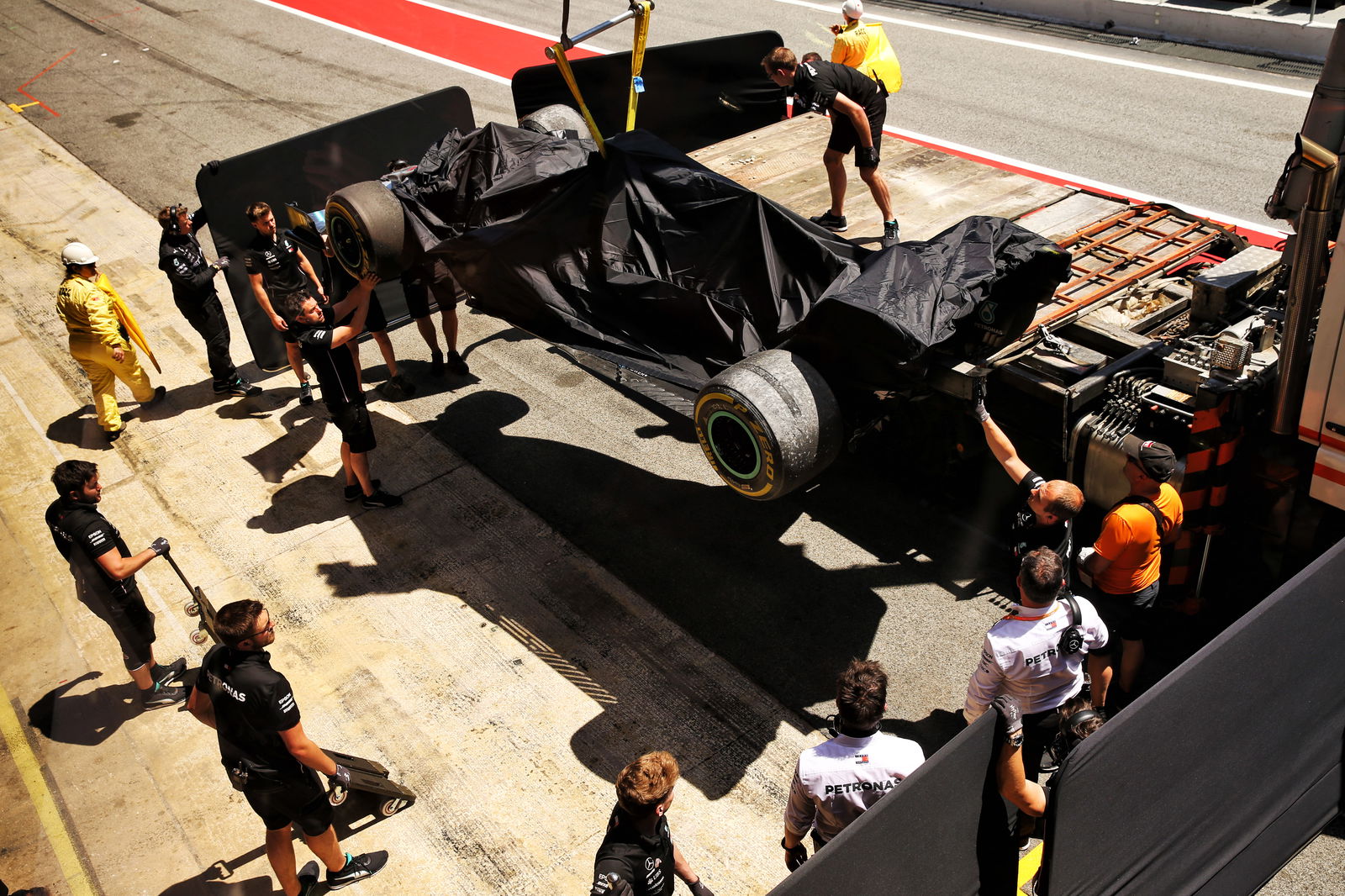Best of 2010s: The Top 20 Formula 1 drivers
As the 2010s draw to a close, Crash.net looks back on the top 20 drivers to have graced the Formula 1 grid over the past decade.
20. Esteban Ocon
Esteban Ocon may have taken the long road to get to Formula 1, and then made a series of side-steps upon arrival, but his performances have made him stand out as a star for the future.

As the 2010s draw to a close, Crash.net looks back on the top 20 drivers to have graced the Formula 1 grid over the past decade.
20. Esteban Ocon
Esteban Ocon may have taken the long road to get to Formula 1, and then made a series of side-steps upon arrival, but his performances have made him stand out as a star for the future.
Money was always Ocon’s issue moving up the ladder, but he was thrown a lifeline in 2015 by Mercedes. Winning the GP3 title that year secured him a place on its junior program, leading to a seat in DTM and, upon Rio Haryanto’s mid-season exit from Manor, a Formula 1 drive.
So impressive was Ocon during his first half-season with Manor that he leapfrogged Pascal Wehrlein in Mercedes’ junior pecking order, landing a seat with Force India for 2017. What followed was a year of supreme consistency – leading to the coining of the term ‘Oconsistency’ – as he scored points in all but two races.
Even through Force India’s struggles in 2018, Ocon regularly topped the midfield before falling through the cracks in the driver market to be left on the sidelines for 2019. But Renault swooped to secure his services for 2020 after Mercedes’ tough call to pass on him as a replacement for Valtteri Bottas.
It would be little surprise to see Ocon’s name much further up this list at the end of the 2020s.

19. Kevin Magnussen
Kevin Magnussen may not have delivered on the huge promise shown through his junior career, but much of that can be excused by the timing of his arrival, coinciding with McLaren’s downturn in form.
Magnussen started strongly, scoring a podium on debut with a run to P2 at the Australian Grand Prix. (He remains the most recent McLaren driver to be part of a podium ceremony in Formula 1.) He was a close match for Jenson Button through 2014, but when Fernando Alonso became available, the team made a move that left Magnussen on the sidelines.
A last-minute return in 2016 followed after Pastor Maldonado left Renault, where Magnussen helped lead the team through a rocky first year back as a manufacturer. He turned down keeping his seat for 2017 in favour of a switch to Haas, where he has again been the team leader, regularly outperforming teammate Romain Grosjean during their three seasons together.
Magnussen’s no-nonsense, aggressive style on-track may not have warmed him to many of his colleagues, but the Dane has been one of the midfield’s most impressive performers.
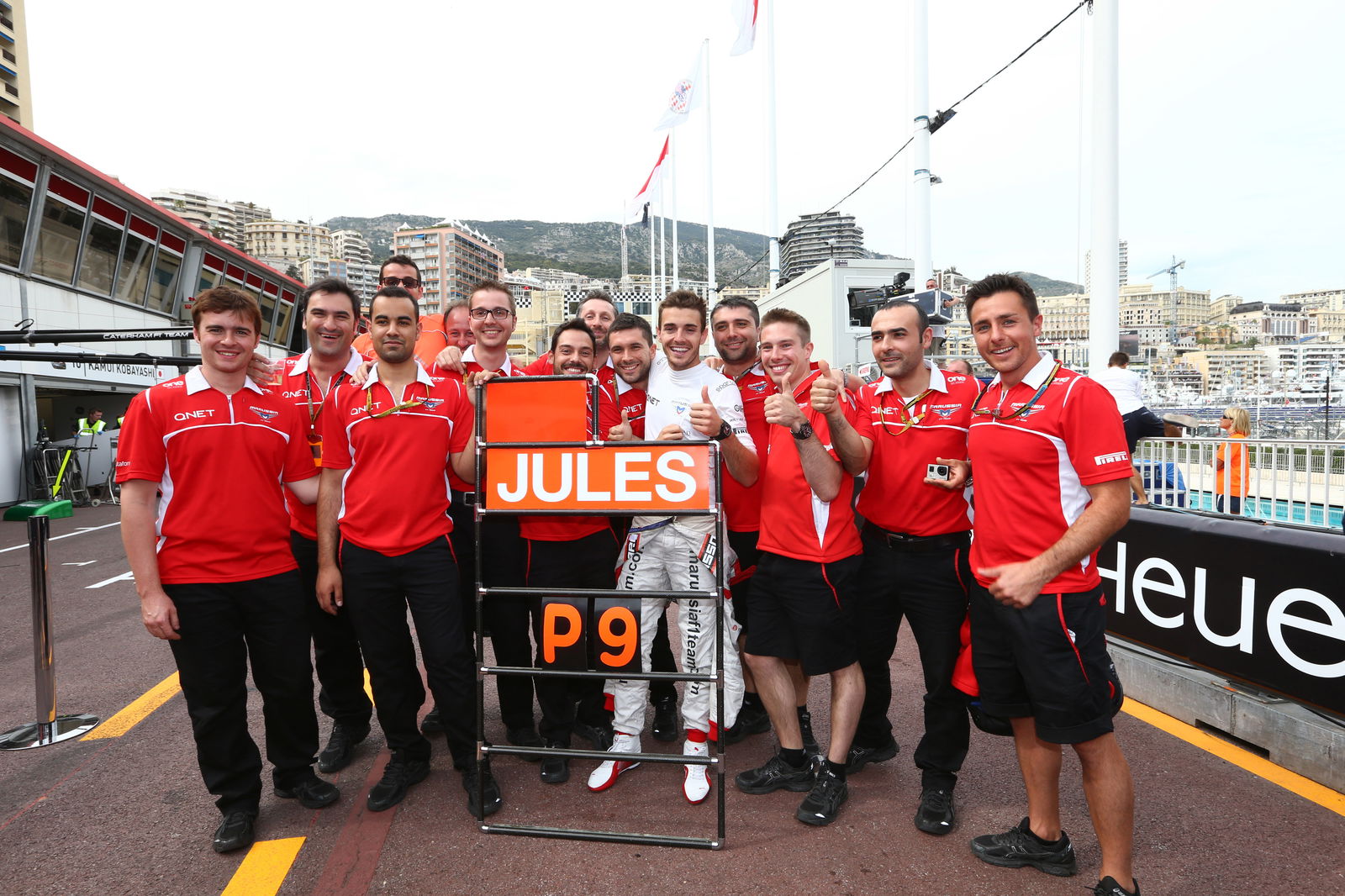
18. Jules Bianchi
How much higher would Jules Bianchi feature on this list had it not been for that dark day at Suzuka in 2014?
Bianchi was set to be the first star of the revitalised Ferrari Driver Academy, coming through the ranks to start knocking on the door for an F1 seat in 2013. He narrowly missed out on a drive with Force India to Adrian Sutil, instead landing at Marussia as a late replacement for Luis Razia.
Bianchi impressed at the back of the grid for Marussia through his rookie season, but really made a name for himself at the start of 2014. A stunning drive to ninth place at the Monaco Grand Prix marked the first points finish for any of the three ‘new’ teams in 2010, and was celebrated like a race victory by the backmarker team.
Bianchi looked set for a switch to Sauber for 2015 that would have given him more of a chance to fight up the order, surely laying the foundations for a future Ferrari drive – only for the accident at Suzuka to leave the Frenchman with severe head injuries which he would succumb to nine months later.
It’s a bittersweet entry to our list, but even at the back of the grid, Bianchi’s performances made him stand out.
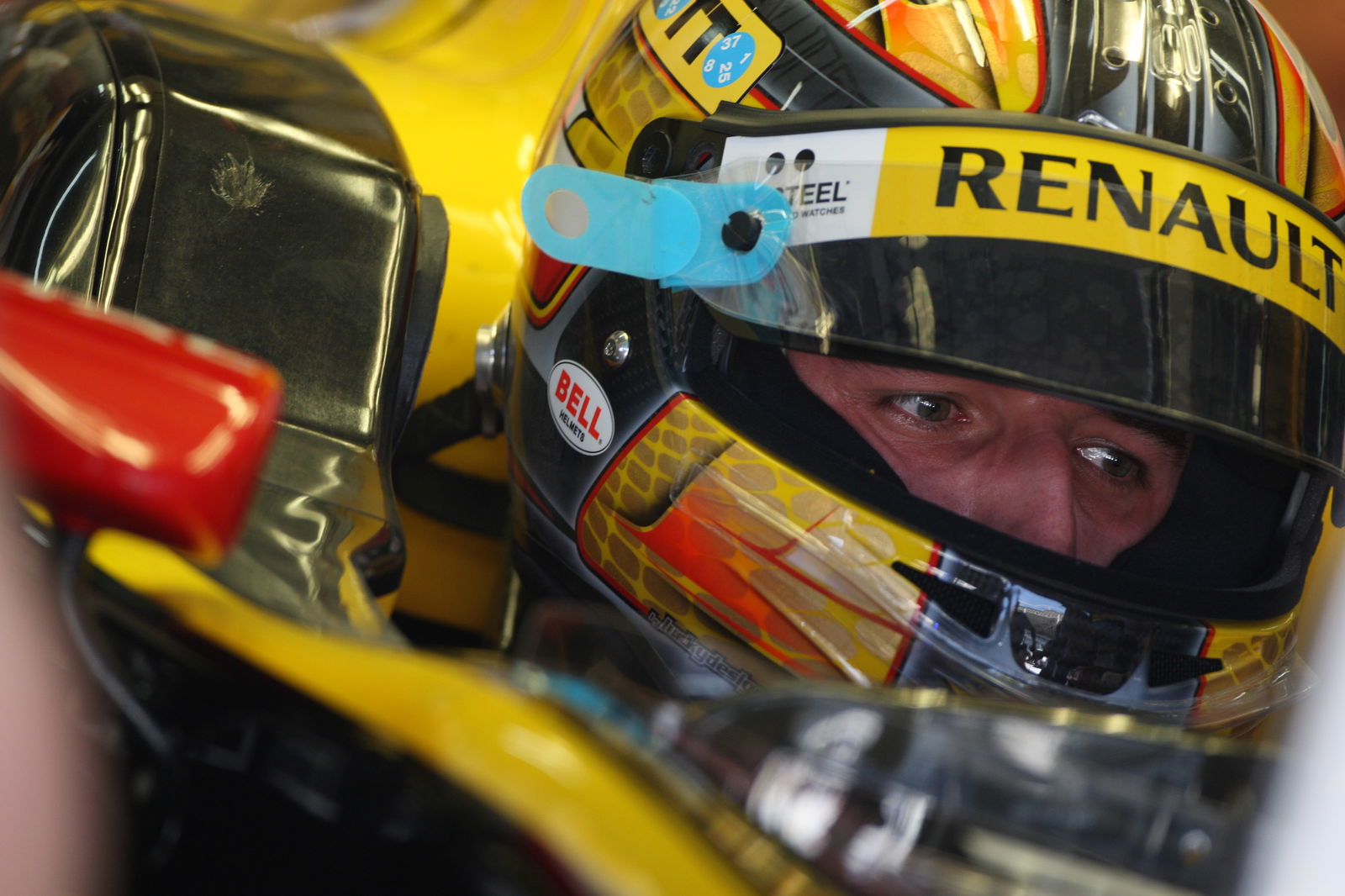
17. Robert Kubica
At the start of the 2010s, you would have bet good money on Kubica being one of the most successful drivers of the decade. After impressing during his time with BMW Sauber, the Pole switched to Renault for 2010 upon the German manufacturer’s exit from F1, and was being touted for a future drive with Ferrari.
But the reality turned out to be very different. A rally accident during the 2010-11 off-season left Kubica with severe injuries to his right arm and hand, appearing to end his racing career in an instant and waste such promise.
What followed was one of the greatest comeback stories in motorsport history. Kubica refused to let his limitations stop him from getting behind the wheel, first embarking on rallying before then taking some steps towards single-seaters. Work with his former team, Renault, gave him F1 experience again, before taking up a development role with Williams that led to his race seat for 2019.
And while 2019 was a struggle for Kubica at the very back of the grid, his resilience won him acclaim from the entire F1 paddock.
If we’re truly judging Kubica off one ‘proper’ season, even in 2010, he impressed at the head of the midfield for Renault with three podium finishes.
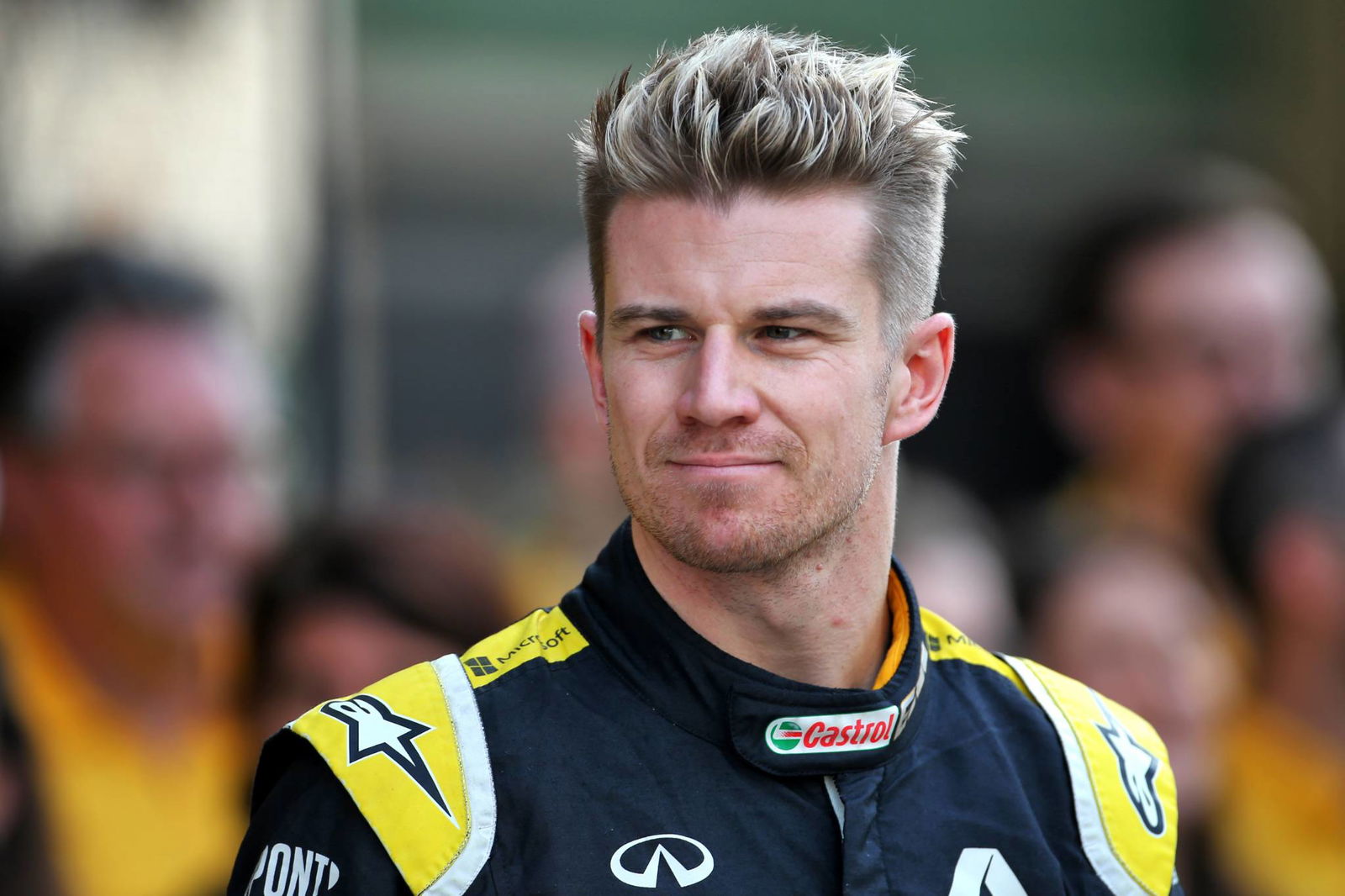
16. Nico Hulkenberg
Nico Hulkenberg’s F1 career fits neatly into the span of the 2010s following his exit from Renault at the end of this season. And once again, we’re left pondering what could have been.
Hulkenberg won every title going en route to a drive in F1 with Williams for 2010, where he scored a shock pole in damp conditions at the Brazilian Grand Prix. But his results weren’t enough to keep his drive for 2011 when Pastor Maldonado came into the fray to partner Rubens Barrichello.
A year in reserve at Force India was followed by a strong return to full-time action for 2012, where had again starred at Interlagos, fighting at the front with Lewis Hamilton before an accident between the pair ended hopes of what would have been a famous victory.
Hulkenberg’s stock was arguably never higher. Talks with Ferrari ultimately fell short of a final deal that would have changed his career, instead leaving the German to dot around the midfield through the remainder of the decade.
A victim of F1’s current two-tier system? Perhaps. But Hulkenberg still proved himself to be one of F1’s most consistent and impressive midfield performers through this decade.
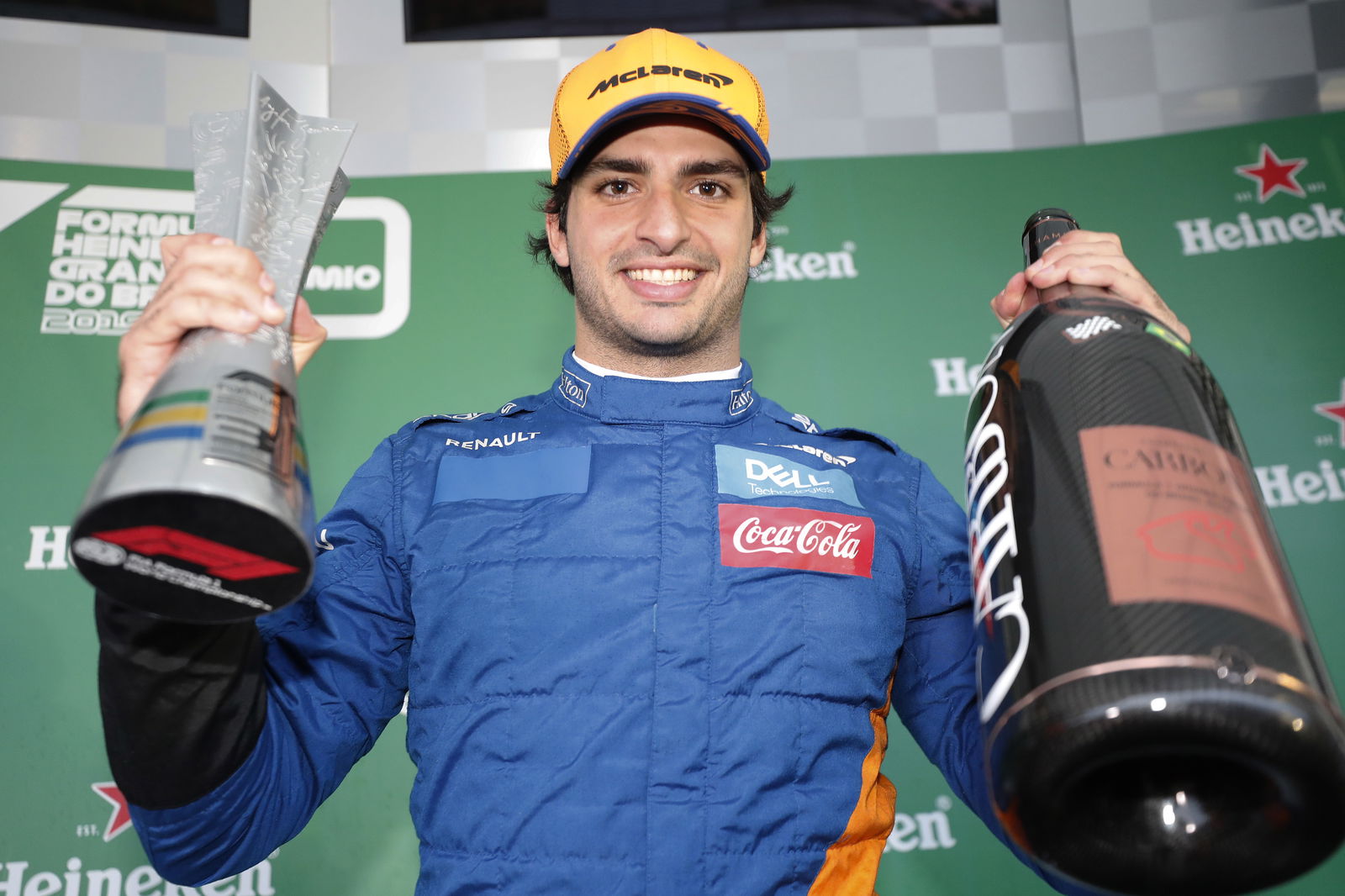
15. Carlos Sainz
Carlos Sainz has emerged as F1’s resident ‘smooth operator’ through 2019, making good on much of the promise that has been bubbling away through the second half of this decade.
Sainz stands as one of three men to leave the Red Bull driver program of their own accord (Sebastian Vettel and Daniel Ricciardo being the other two). While he was overshadowed at Toro Rosso by Max Verstappen, largely as a result of the hype surrounding the Dutchman, Sainz was a fairly even match for his teammate during their time together.
The move to Renault wasn’t a perfect fit, putting Sainz at risk of falling through the cracks in the driver market for 2019. only for McLaren to come knocking with a multi-year deal. For the first time in his F1 career, Sainz had proper stability.
And how he has flourished. Sainz was comfortably the class of the midfield through 2019, culminating in his podium at Interlagos. One wonders whether Red Bull is regretting its decision not to snap him up for a 2019 seat following Daniel Ricciardo’s surprise exit.
As we look into the 2020s, Sainz is one of the names who could rank very highly come the close of the decade if the end of this one is anything to go by.
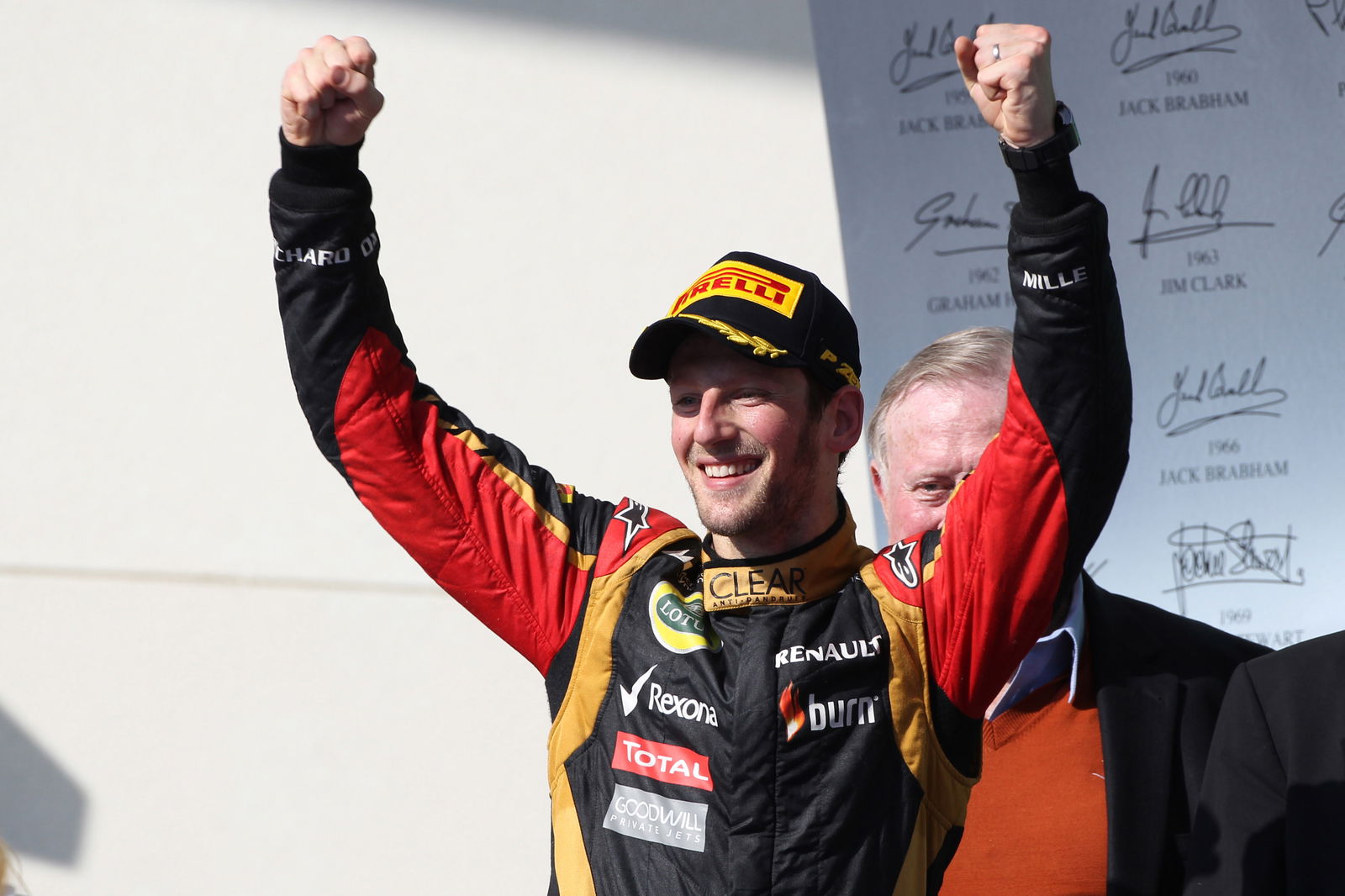
14. Romain Grosjean
While Grosjean’s form over the past couple of years may make his inclusion so high on this list something of a surprise, it should not detract from how strongly he performed during the earlier seasons, particularly with Lotus.
Grosjean was given a second chance in F1 following his GP2 title win in 2011, and hit the ground running. He qualified third for the opening race of the 2012 season, and was on the podium in Bahrain by round four, making further rostrum appearances in Canada and Hungary. 2013 would be better still with six podiums, including near-misses for victory at the Nurburgring, Suzuka and COTA.
And yet arguably Grosjean’s strongest seasons came in 2014 and 2015, when Lotus was at its lowest. He continually punched well above the weight of the car, the greatest contrast coming at the 2015 Belgian Grand Prix, when he scored a shock podium finish as the team dealt with bailiffs in the garage and paddock.
Grosjean was instrumental in Haas’s early success, with his brace of early results for the team proving it was no Caterham or HRT. And although he has struggled to match Kevin Magnussen since the Dane’s arrival at the team, Grosjean remains a regular fixture in F1’s midfield fight.
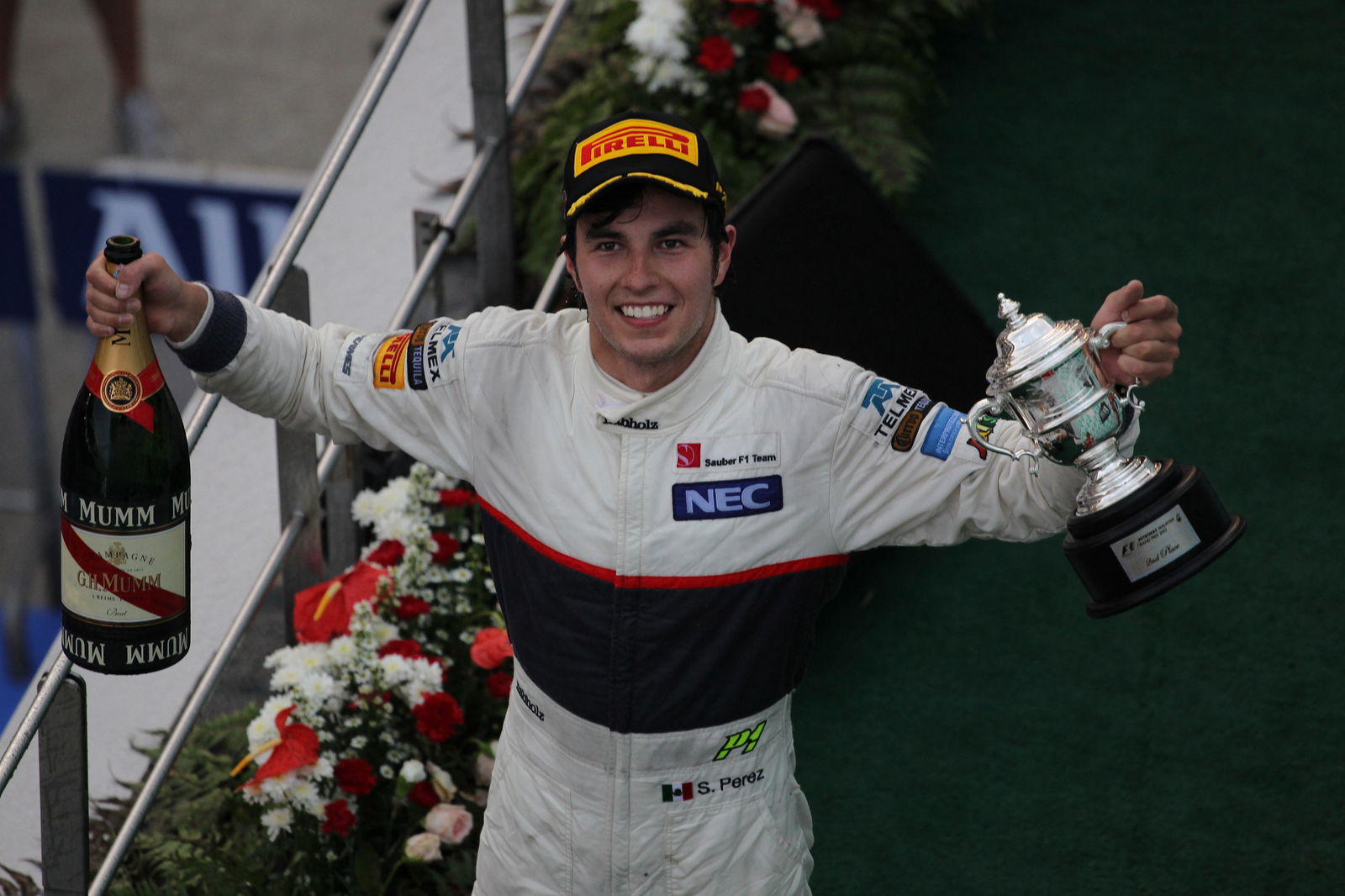
13. Sergio Perez
Formula 1’s midfield king of the 2010s is Sergio Perez – and even then, we’re left considering just how differently things could have panned out for the Mexican.
A master of tyre management, it was apt Perez’s arrival coincided with that of Pirelli and its high-deg tyres. He was a star for Sauber, coming close to what would have been the ultimate underdog victory of the 2010s at the 2012 Malaysian Grand Prix, ultimately finishing second, and racked up further podiums in Canada and Italy.
While Perez could not fill the shoes left by Lewis Hamilton at McLaren – a move he regrets with hindsight, but an entirely correct one at the time - he quickly found a home with Force India from 2014, acting as a perfect fit for the team and helping it reach new heights.
As the decade wore on and podiums for the midfield teams became increasingly scarce, it seemed Perez was the man to always scoop up any surprises. He is the only driver not to have raced for a ‘big three’ team with multiple podium finishes in the past four seasons.
On another timeline, Perez may have become a regular grand prix winner with Ferrari, having quit its junior programme so he could take up the drive with McLaren. But he nevertheless stands out as one of the most underrated drivers of this decade.
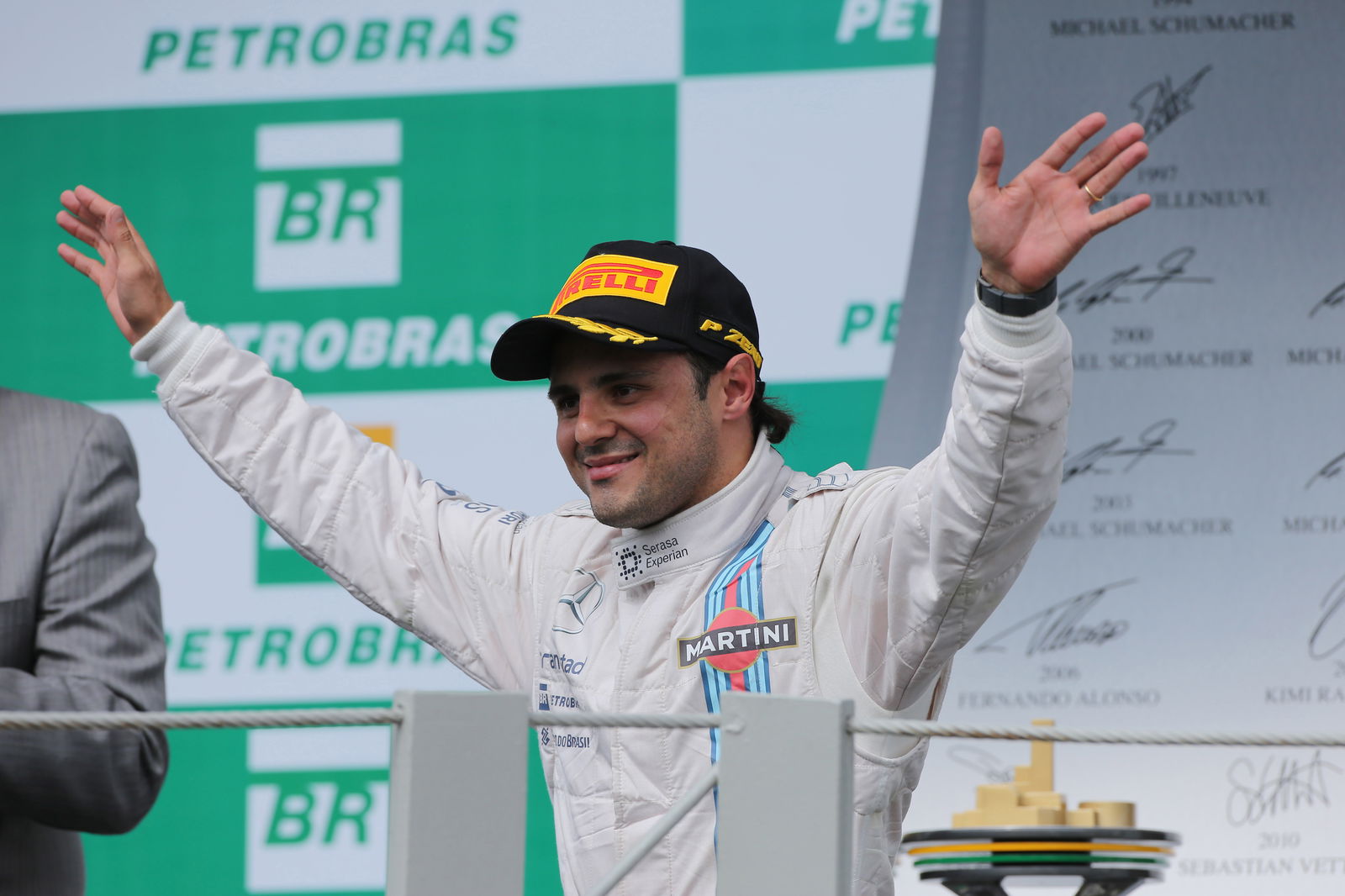
12. Felipe Massa
Felipe Massa’s spell with Ferrari following his return from injury may have been underwhelming for the most part, but the Brazilian was still one of the more impressive performers through the 2010s, especially during his time at Williams.
Massa struggled to match Fernando Alonso during their four-season spell as teammates at Maranello, with the team orders debacle at Hockenheim in 2010 making clear who held the real power. A total of eight podiums in four seasons – five of which came in 2010 – made for a poor return for a front-running team, particularly when Alonso was a regular race winner.
But the move to Williams gave Massa’s career a real second wind. The team was riding high after its switch to Mercedes engines, allowing the Brazilian to take a shock pole at the 2014 Austrian Grand Prix before racking up three podiums in the final seven races of the season.
Massa couldn’t quite match teammate Valtteri Bottas’s form during their stint together, perhaps lacking some of the edge we saw in his early Ferrari days, yet he was still a regular points-scorer for Williams. His delayed retirement showed there was still the fire to race, leading Williams in its last semi-decent season.
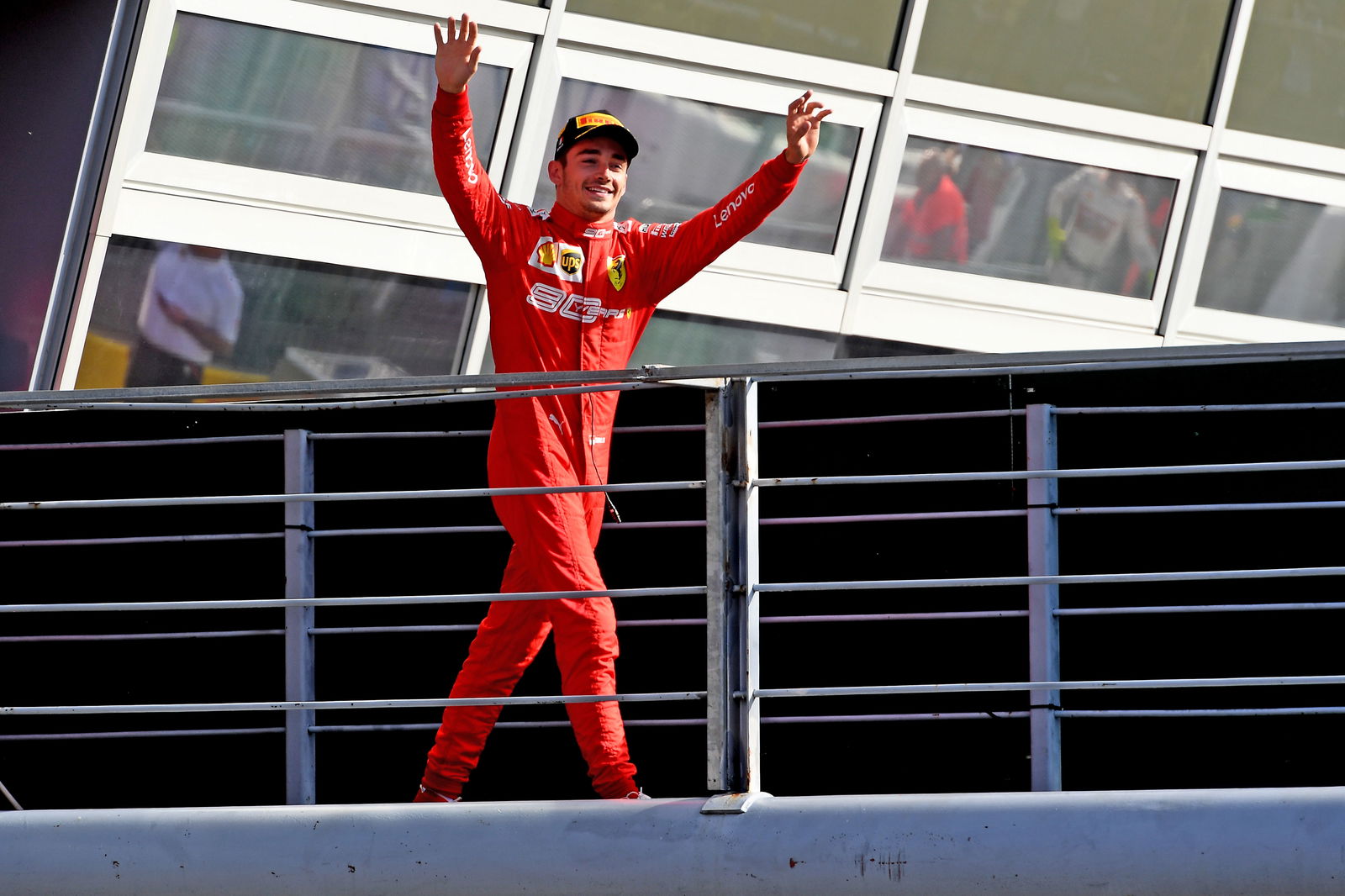
11. Charles Leclerc
The fact Charles Leclerc ranks so highly in our countdown speaks volumes about just how good his first two seasons in Formula 1 have been.
Leclerc filled the Jules Bianchi-shaped void in Ferrari’s junior scheme, arriving in F1 with Alfa Romeo for the 2018 season off the back of consecutive GP3 and F2 title wins. Despite a rocky start to life on the grid, Leclerc soon found his confidence to emerge as a real star in F1’s lower-midfield.
Even in the wake of chairman Sergio Marchionne’s death, Ferrari made good on his wishes to promote Leclerc into a senior seat for the 2019 season – a decision that has paid off handsomely.
Leclerc came within 10 laps of victory in just his second race for Ferrari. An early-season slump was soon rectified thanks to some honest reflection and self-improvement, allowing him to emerge as the team leader over Sebastian Vettel by the time Ferrari was in a position to win races.
Leclerc ended his first year with Ferrari with two wins - Spa and Monza - and seven poles to his name, and became only the second full-season teammate to beat Vettel in the standings. The rivalry between the pair will likely decide Ferrari’s future plans, but right now, it looks like Leclerc is at the very heart of anything happening at Maranello in the decade to come.
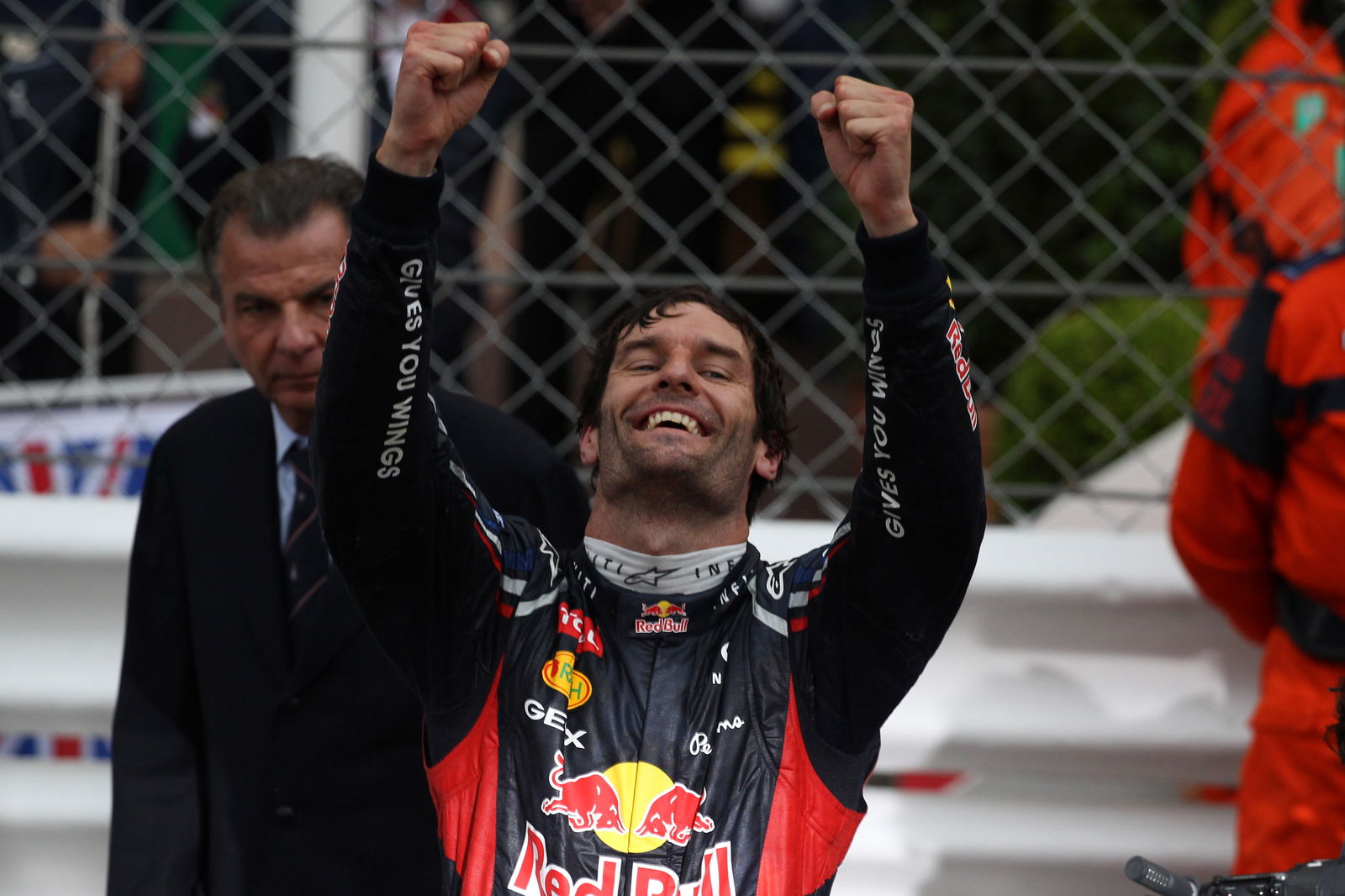
10. Mark Webber
The early part of the 2010s set the stage for Mark Webber to take the step from F1 midfield journeyman to almost becoming world champion.
Webber was at his very best through 2010, most clearly seen in Spain and Monaco when he left the rest of the field without much of a chance. Even as tensions frayed with Sebastian Vettel, Webber remained a close match for his teammate – and arguably, without his unlucky elimination in Korea, would have been crowned champion in Abu Dhabi after a stellar season.
But that title defeat set the tone for his final three years at Red Bull. Vettel had the team around him and was in scintillating form, leaving Webber to pick up the scraps (see Brazil 2011). 2012 offered wins in Monaco and Great Britain, but come 2013 – and Multi 21 in Malaysia – it was clear Webber’s time at Red Bull was coming to a close.
The form of 2010 and 2011 saw Webber at the very peak of his powers in F1, showing impressive consistency and a cool head often lacked by his precocious - but ultimately quicker - teammate at the time.

9. Daniel Ricciardo
Stepping into Mark Webber’s shoes at Red Bull, Daniel Ricciardo would have surely wondered what he was getting himself into as Sebastian Vettel’s teammate for 2014. Yet by the end of that season, he had wrestled the momentum away from the German, proving himself at F1’s top table.
Ricciardo’s half-season at HRT and two years with Toro Rosso were solid if unspectacular. He was always evenly-matched by teammate Jean-Eric Vergne at Toro Rosso, but did enough to clinch the Red Bull seat for 2014 when the team opted against going outside of its junior program.
And it proved to be the right call. Three race victories and a 12-7 qualifying win over Vettel later, Ricciardo was team leader heading into 2015. And even with the arrival of Max Verstappen in 2016, the Australian showed few signs of backing down.
Ricciardo’s affable off-track demeanour belies the steely racer within. We’ve seen him produce brave overtakes to fight through the field (Azebaijan 2017, China 2018) as well as foot-perfect pole laps before dominating in the race (Monaco 2018). He has emerged as one of F1’s most complete racers.
The move to Renault was a gamble, but one he insists he has no regrets about taking. And regardless of how the team’s 2020 season goes, he will surely be one of the first names on every team’s shortlist for 2021 as a result of his emergence and form through the 2010s.
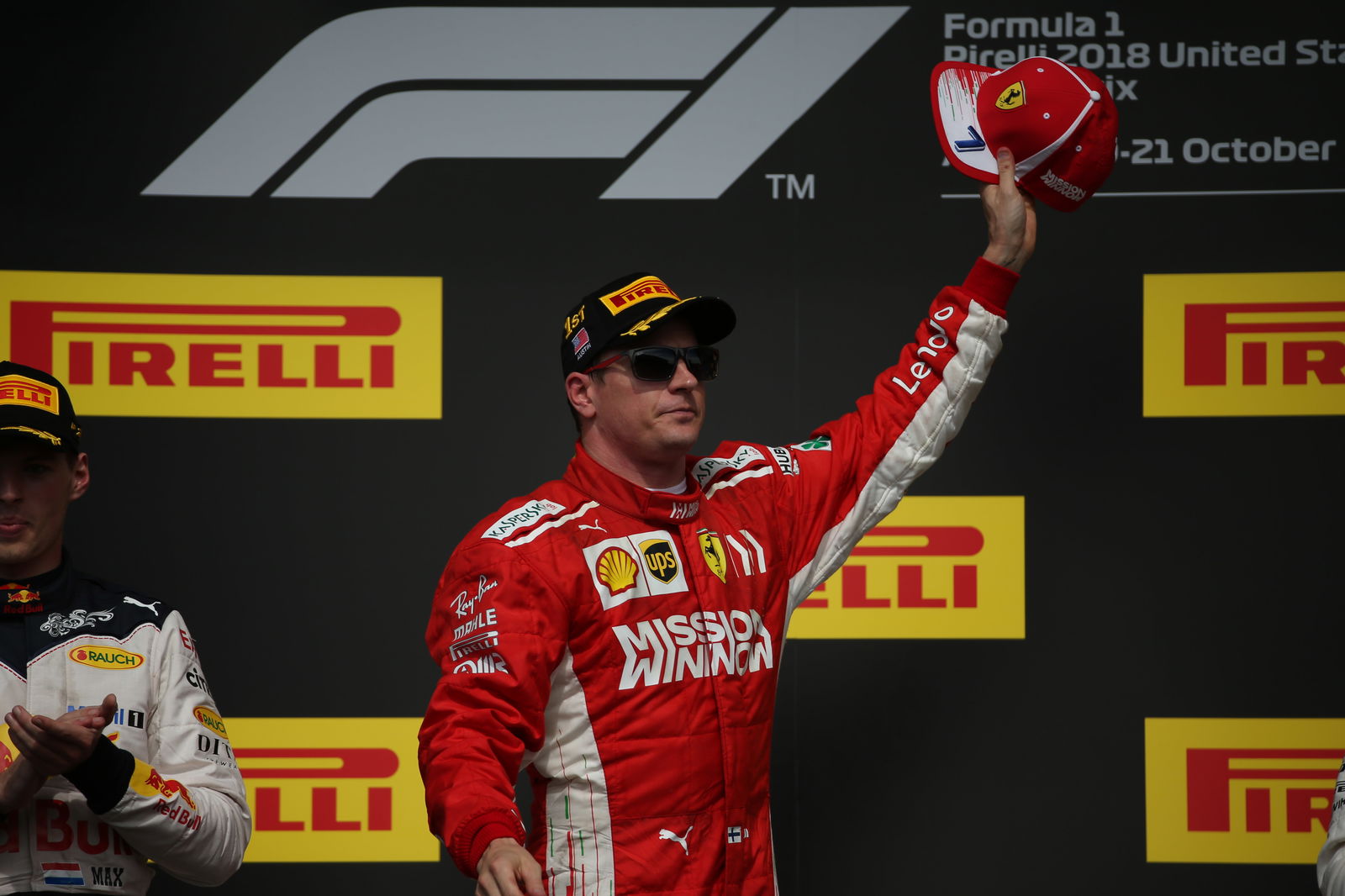
8. Kimi Raikkonen
Kimi Raikkonen didn’t reach the heights he did in the 2000s through this decade, nor was he especially consistent. But he remained one of the toughest men to beat in Formula 1.
Raikkonen wasted little time proving he’d lost none of his speed during his two-year stint out when he returned at Lotus in 2012, taking third in the championship and a famous victory in Abu Dhabi. His win to open the 2013 season remains the most recent win for anyone outside of the ‘big three’ teams.
2014 and 2015 were difficult years upon returning to Ferrari, but Raikkonen began to look more and more like his old self at the team. The introduction of the new cars in 2017 certainly helped, resulting in a strong 2018 that saw him rack up 12 podiums appearances, one of which was a victory in Austin, fending off Lewis Hamilton and Max Verstappen in the closing stages. It remains one of the finest performances of his entire F1 career, and proof the 2007 world champion is a true talent.
Raikkonen has also offered some of the most memorable non-racing actions of this decade, too. From his “leave me alone!” radio message in Abu Dhabi to his drunken antics at the FIA prize-giving gala last year, Kimi’s actions have helped him remain one of F1’s most popular figures – who certainly knows what to do.
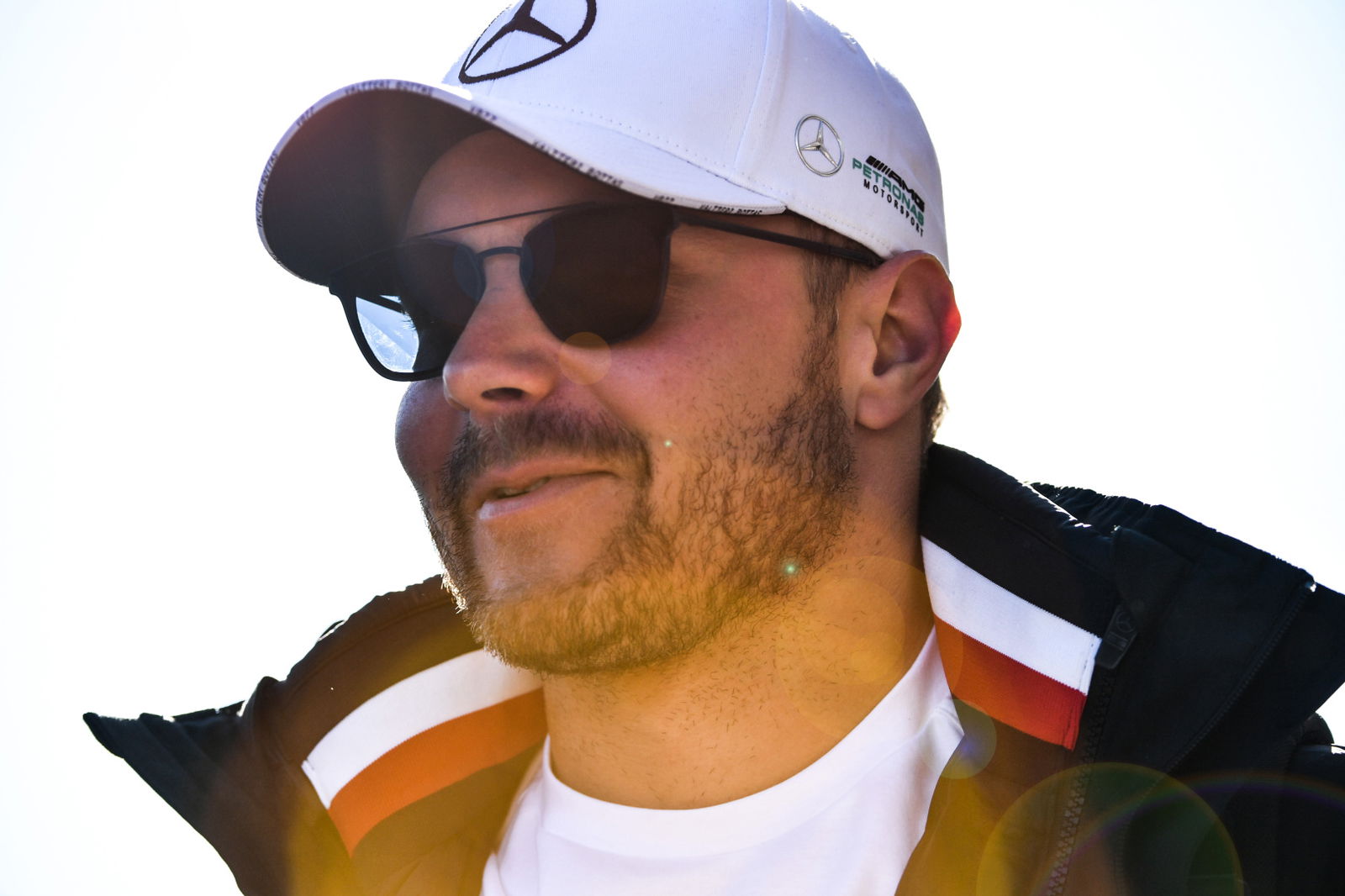
7. Valtteri Bottas
Even before his move up to Mercedes and emergence as a regular grand prix winner, Valtteri Bottas was one of Formula 1’s top performers, leading Williams in the early days of the hybrid era.
Bottas showed signs of star quality even through Williams’ miserable 2013, qualifying P3 in Canada and running to eighth at COTA, but really began to deliver in the following year. Bottas produced some stunning drives through 2014, racking up six podiums and coming close to pole on several occasions en route to P4 in the championship.
Bottas’s consistency was such that when Nico Rosberg dropped his retirement bombshell and Mercedes were short of options, he was the most qualified driver who could step into the seat. The Finn did so with confidence, winning his fourth race and helping the team to the constructors’ title. When you’re Lewis Hamilton’s teammate, that’s the most you can hope to do.
But 2019 was Bottas’s best year to date. He reinvented himself over the winter to come back with extra edge and steel that sent him to four race wins and P2 in the championship with his best haul of points to date.
The bottom half of this list is filled with midfield drivers who never quite got the chance to prove themselves at the front. Bottas is proof that with strong performances (and, it must be said, a little luck) it is possible to escape those trappings and become a real force within F1.
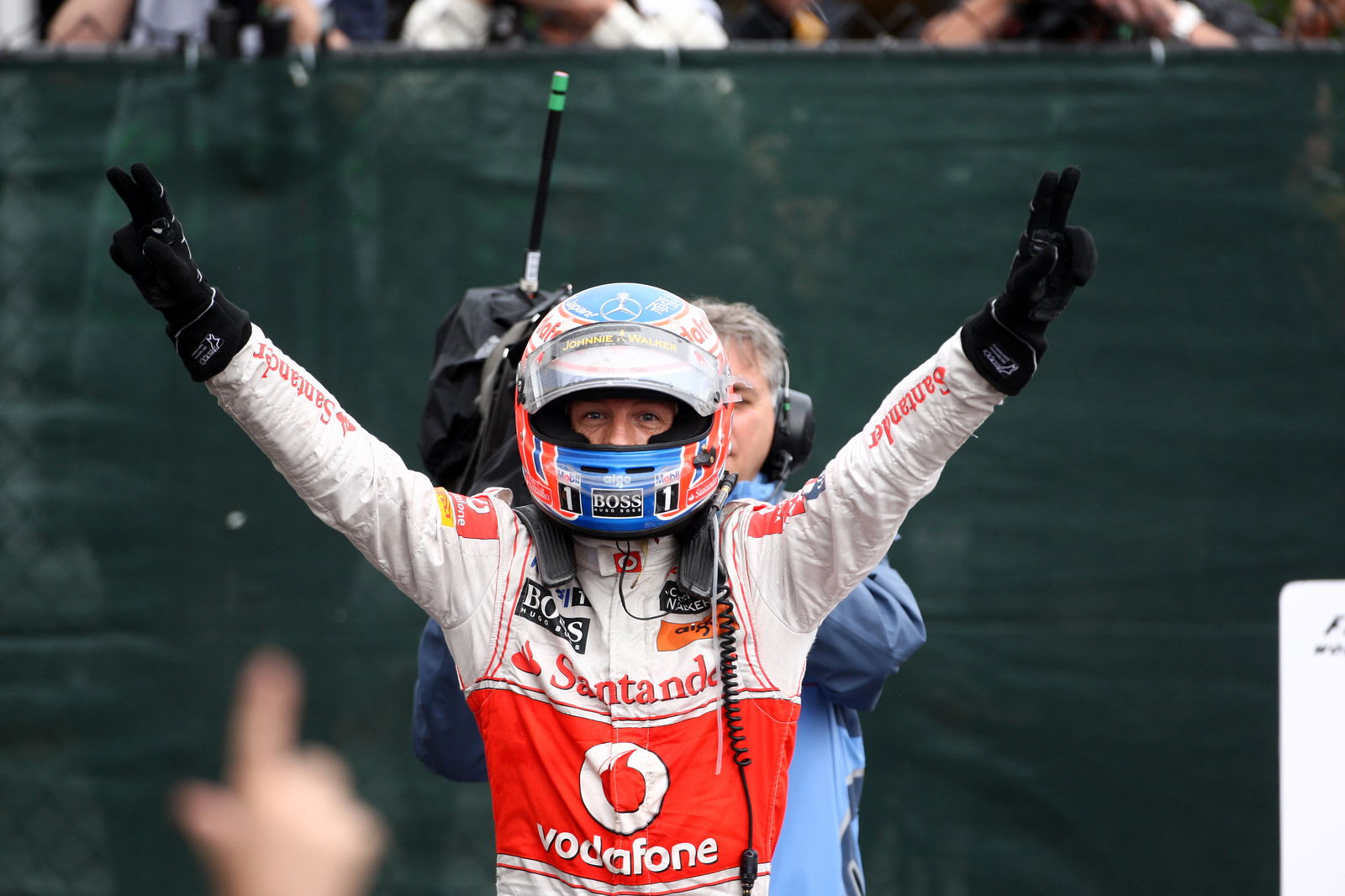
6. Jenson Button
It takes something special to beat Lewis Hamilton in the same car. Jenson Button is one of just two men to achieve the feat, which alone goes some way to prove why he is one of the top drivers of the 2010s.
Button started the decade off the back of his fairytale title win at Brawn, but with a point to prove. Was he champion because of his car alone? Winning two of his first four races for McLaren in 2010 answered that question pretty convincingly.
But 2011 – the year he beat Hamilton – was surely the peak of Button’s career performances. Even in the face of the dominant Vettel-Red Bull partnership, Button was able to take the fight more often than most, scoring three wins and ending the year with a run of eight podiums in the final nine races.
Button is still McLaren’s most recent grand prix winner, and while his career ended with a barren final two seasons (plus the one-off appearance in Monaco), that was hardly down to him. On his day, Button was one of the very best in F1, proving his 2009 success was no flash-in-the-pan.
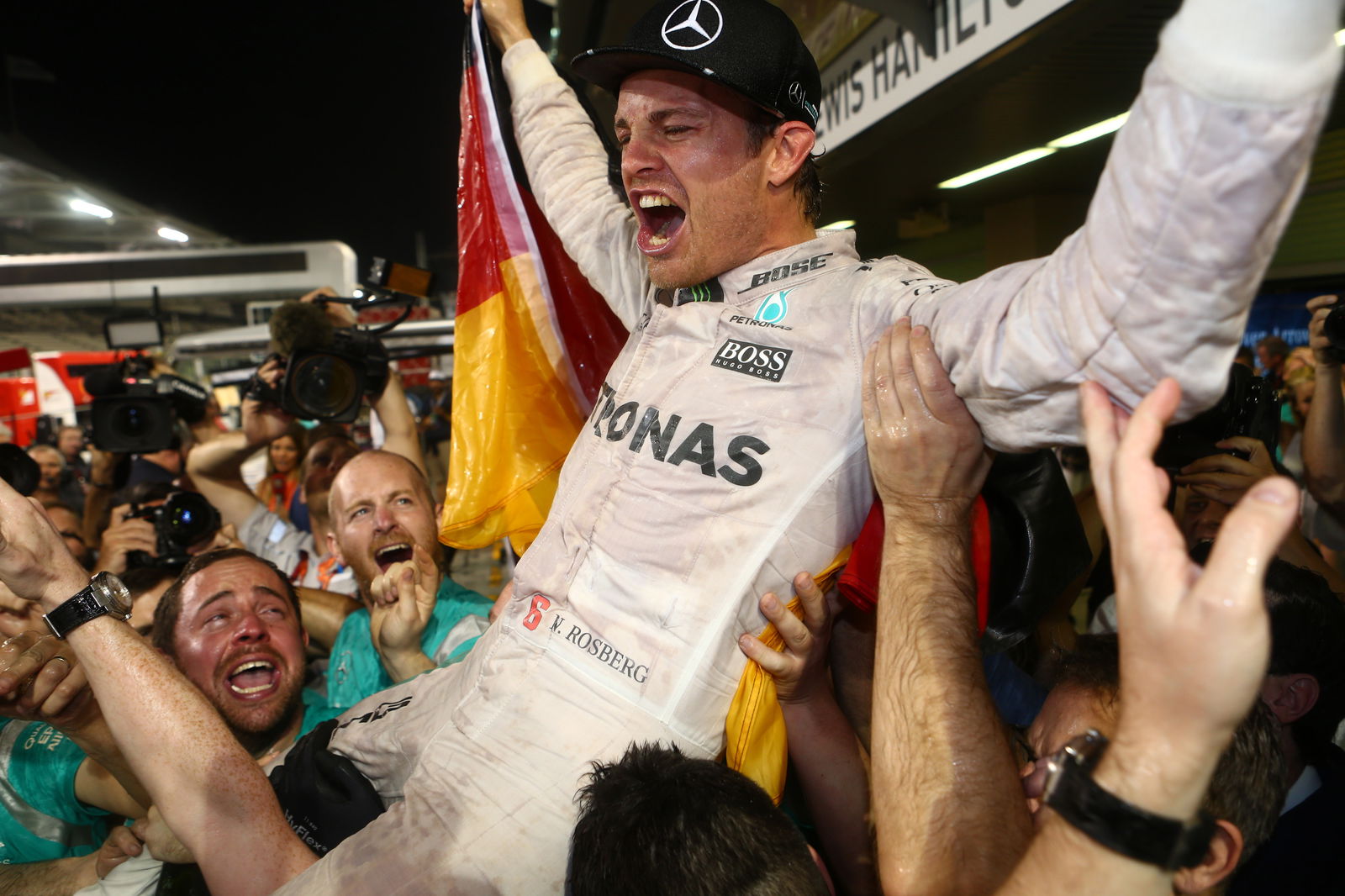
5. Nico Rosberg
The other man to beat Hamilton head-to-head across a season? Nico Rosberg. But we’ll get to that in a bit.
Rosberg’s only two teammates through the 2010s were (statistically at least) the two greatest drivers in F1 history. The German defeated Michael Schumacher fairly comfortably through their three seasons together (2010-12), as well as taking Mercedes’ first win back in F1 at the 2012 Chinese Grand Prix.
A strong end to 2013 stood Rosberg out as a possible title threat for the start of the V6 hybrid era, resulting in his three-season stand-off with Hamilton.
Even amid all the bitterness in their partnership, the quality of many of Rosberg’s performances up against Hamilton cannot be ignored. He was firmly second-best in both 2014 and 2015 – but went to astonishing lengths to deliver the 2016 campaign that finally yielded a world title.
Whereas in the previous years, Hamilton could recover from errors to still make Rosberg crack, the German posed a tougher defence this time around. The loss of the championship lead mid-season would have broken him in earlier seasons – yet in 2016, he was able to turn it around.
Yes, Hamilton was unfortunate that year. But Rosberg capitalised on the opportunities and, in some cases, made his own luck. Take Suzuka, where he scored pole by 0.013 seconds – a gap he put down to losing some muscle off his legs by changing his training routine. To beat one of the greats, he had to go to the ends of the earth.
And it worked. Rosberg may have thrown in the towel after that race, but he ends the 2010s as one of just three drivers to win a championship. Only Hamilton and Vettel won more races through the decade – and Rosberg’s came across the span of just five seasons. Credit where credit is due.
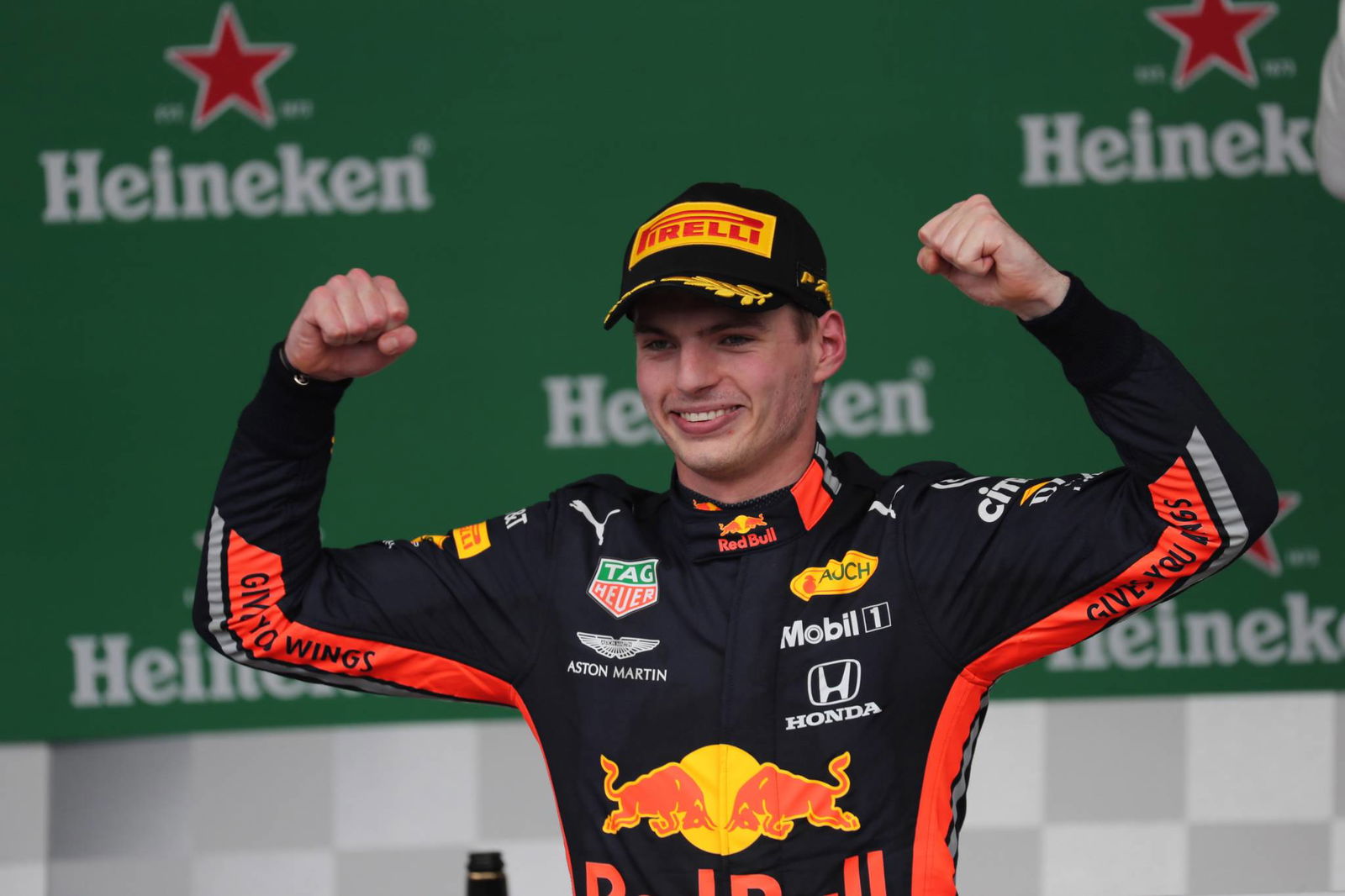
4. Max Verstappen
Has any driver shaken the tree in Formula 1 quite as much as Max Verstappen in the past decade?
From his shock appointment at Toro Rosso for 2015 to his even more shocking appointment at Red Bull a little over a year later, every single time, Verstappen proved it was the correct call to make. He justified every single decision. Because he is that good.
Real greatness can be proven by an ability to adapt and overcome setbacks. Verstappen did that in early 2018, recovering from a string of incidents – to be expected of a driver only in his early 20s – to end the year as one of the most consistent performers. He delivered on that throughout 2019, beating both Ferrari drivers to third in the standings with an inferior car.
The weaknesses seen in Verstappen even a year ago have been wiped away for the most part. There still are some – take his defiance in the post-qualifying press conference in Mexico this year, saying he didn’t lift through yellow flags – but he is looking more and more complete as a driver. He’s got over 100 races under his belt, eight wins, and was the man to take the fight to Lewis Hamilton more often than anyone in 2019.
What’s all the more staggering is that Verstappen is only going to get better. Is he the favourite to be #1 when Crash.net looks back on the top drivers of the 2020s? Undoubtedly.
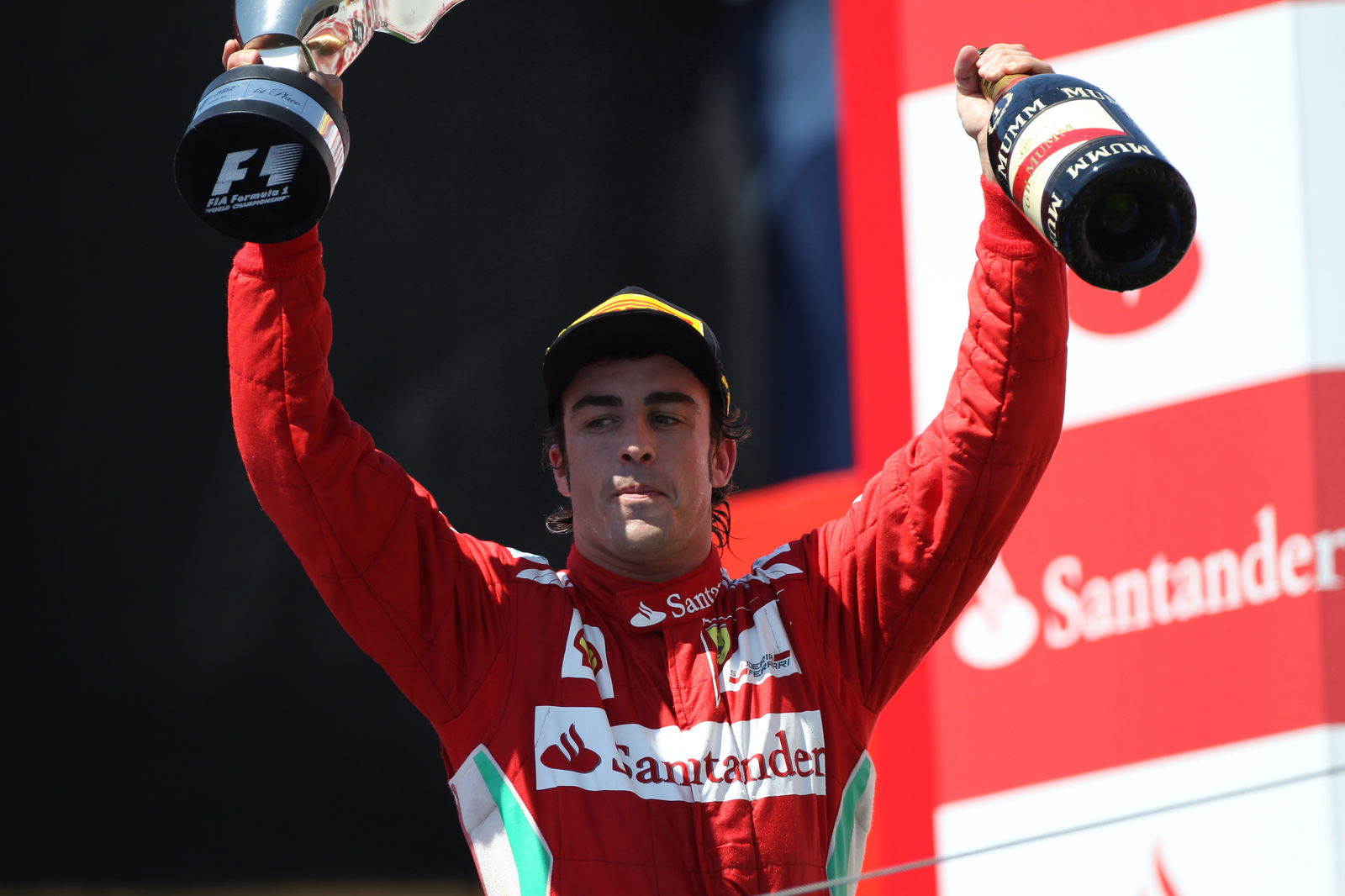
3. Fernando Alonso
If you were to predict this list at the start of the 2010s, you would have been hard-pressed not to place Fernando Alonso at the very top. It’s astonishing to think he ended the decade without adding to his two world titles, scoring just 11 wins in a nine-season period.
2010 seemed to be a reset for Alonso. Following his ill-fated year and McLaren and two-year exile with Renault, Ferrari presented what seemed like a match made in heaven. He could bring the Schumacher effect, build the team around him, and go on a spree of race and title wins.
But it didn’t work out that way. He came extremely close in 2010 and, more impressively, in 2012, when Ferrari seriously lacked the pace to fight with Red Bull. He dragged that car kicking and screaming up the grid, with his win at Valencia arguably being the best of his whole career.
As the Vettel-Red Bull juggernaut grew stronger, Ferrari struggled to respond. 2014 offered another chance to reset under the V6 hybrid regulations, but the team got things badly wrong, leaving Alonso frustrated. Things soured quickly, resulting in Marco Mattiacci’s play to remove the Spaniard and draft in Sebastian Vettel for the 2015 season.
Out of options, Alonso pinned his hopes on the renewed McLaren-Honda partnership, only for that to badly backfire. He was vocal in his frustrations, doing more damage than anyone to the relationship between the two parties. One wonders how he would have felt seeing two Honda-powered drivers on the podium in Brazil a few weeks ago…
And then came Alonso’s exit. Claiming he was done with F1 – and, frankly, without any real chance of adding to his trophy cabinet with McLaren – Alonso rode into the sunset to chase other glories.
But for all of the baggage that came with him, Alonso remained pound-for-pound one of the best on the F1 grid through the 2010s. If you wanted somebody who would wring every last tenth out of the car, he was your guy.

2. Sebastian Vettel
Sebastian Vettel’s star may have fallen slightly in the closing stages of this decade, but that does not detract from there being a time when the whole F1 world looked to be his for the taking.
His last-gasp title win in 2010 set him up for a stunning run of form through the next three seasons, with 2011 and 2013 – the latter seeing him at his unstoppable best, winning nine races in a row – being the stand-out years. He took a little time to get comfortable with the 2012 Red Bull, but once he did, Alonso’s title hopes always looked to be at serious risk.
Yes, since then, things have been more difficult. The changes in car regulations have not suited Vettel’s driving style as much as they did in the early 2010s, but he has still been outstanding at the front. Take 2015, when he scored three wins in a year that Mercedes should have swept. Or the kind of performances we saw through the first half of 2018.
Mistakes have certainly crept in over the past two seasons, though. Losing the ‘fight for five’ title race against Lewis Hamilton in 2018 seemed to settle the debate on who would go down as the greatest of the 2010s (and it did, case in point: this list), and the emergence of Charles Leclerc and Max Verstappen has left Vettel looking more and more like a past great, not a current one.
But his 2010-13 streak will go down as one of the most dominant periods enjoyed by a driver in F1 history. Nothing can devalue or take that away from him.
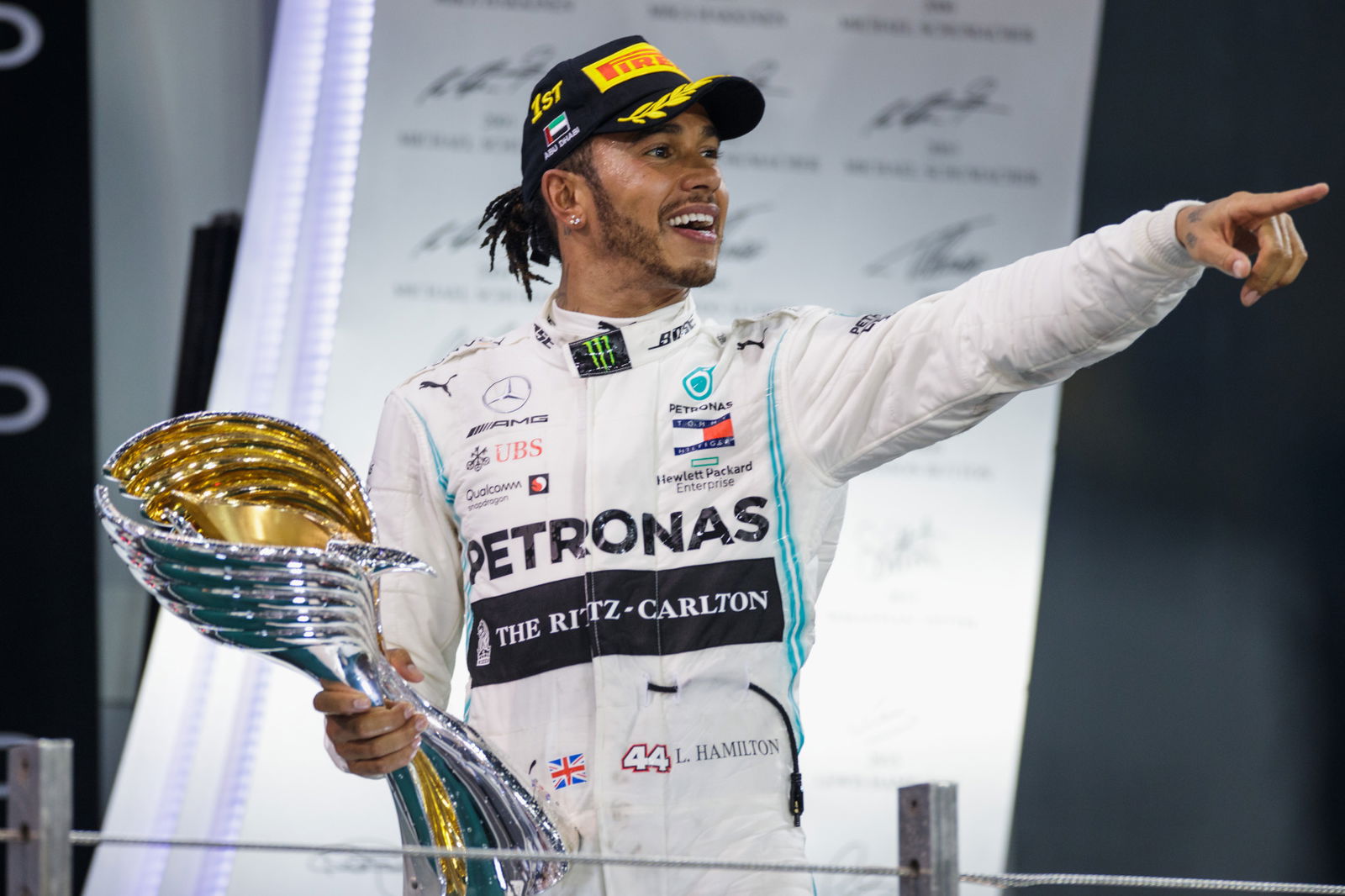
1. Lewis Hamilton
Of the 10 seasons this decade comprises of, Lewis Hamilton was a title contender in eight of them, and won five. He has won 65 races through that period, and gone from a one-time champion to a six-timer, one short of a record once thought unbeatable. As for Michael Schumacher’s win record? That does not stand a chance.
The 2010s saw Hamilton not only become one of the greatest drivers in F1 history, but also mature greatly (perhaps conducive to his on-track success). The rocky moments of 2011 and 2012 as he relationship with McLaren grew increasingly tense now seem so very far in the past – as does the criticism he faced when he decided the quit the team and join Mercedes in 2013.
Yes, Hamilton has been in the fastest car for the majority of the V6 hybrid era. But he has dealt with the opposition in such a clinical fashion, he has stood head and shoulders above the rest. Especially in the post-Rosberg era at Mercedes, when Hamilton has clearly been in a better headspace and, quite simply, happier, he has flourished. Ending 2019 with his best year to date in F1 acts as cold, hard proof of that.
He has enjoyed the kind of dominance seen by Vettel in the early part of the decade, but with far fewer of the dips. There were struggles, there were hard times. But Hamilton’s record of winning a race in every season of his F1 career remains intact. It’s hard to see that ending before his time in the sport is up.
The title defeat to Rosberg acted as a wake-up call to Hamilton. It proved that a driver below his level could beat him in the same car. But now, with this even-better Lewis Hamilton? It’s really hard to see that ever happening again.
The debate over the greatest of all-time will probably never end. But in the 2010s? It’s easy: Lewis Hamilton was the best of the lot. And it wasn’t even close.
Haydn Cobb and Lewis Larkam contributed to this ranking.
